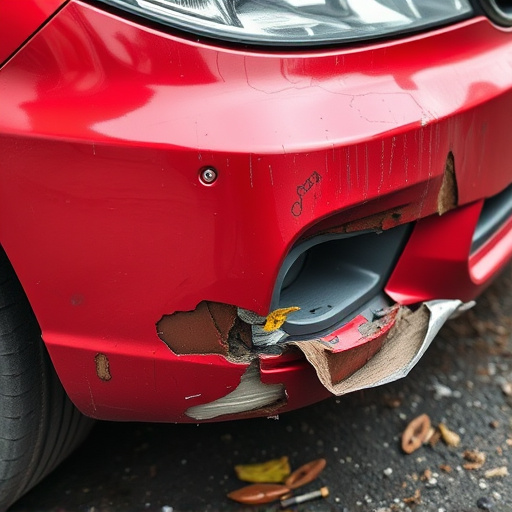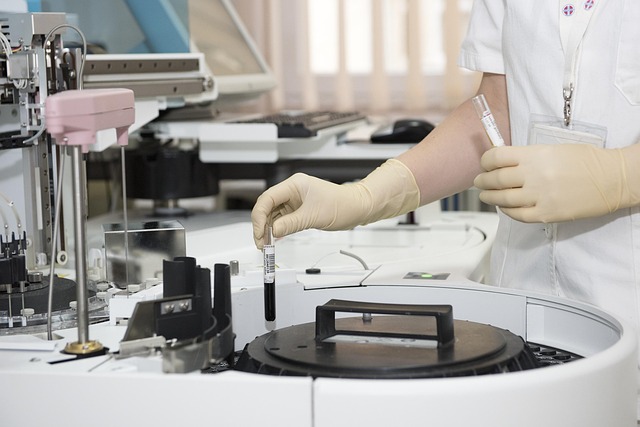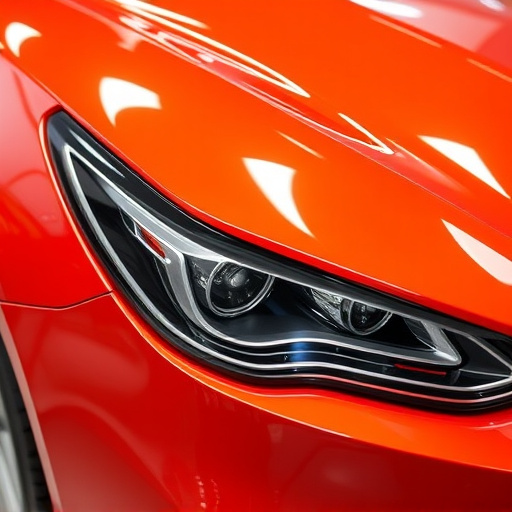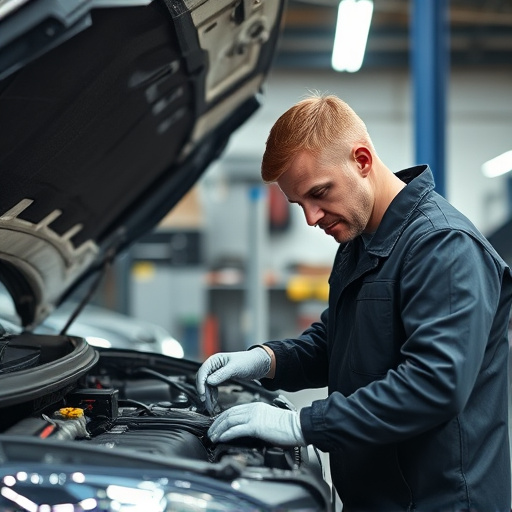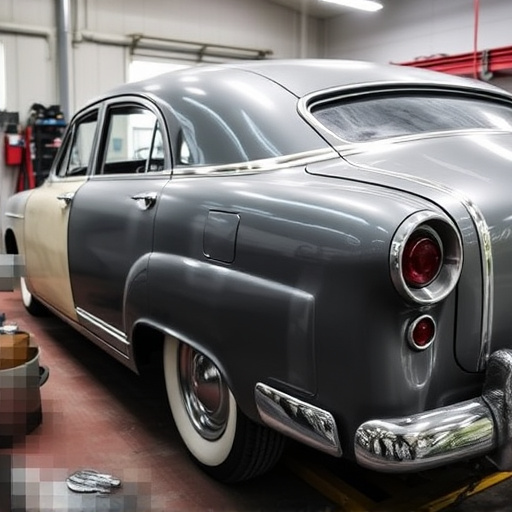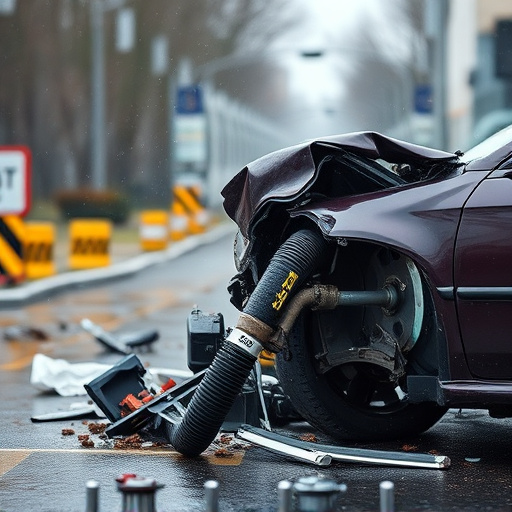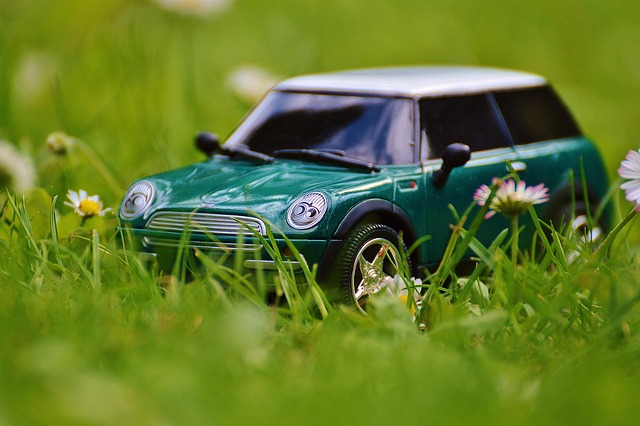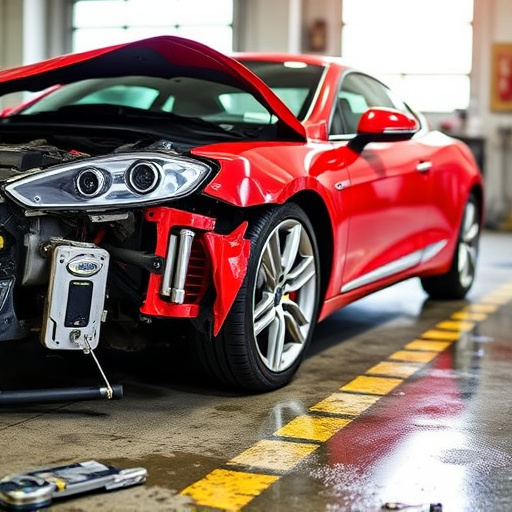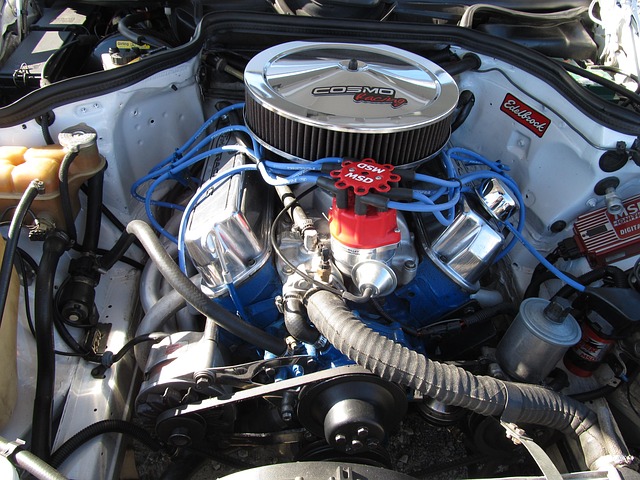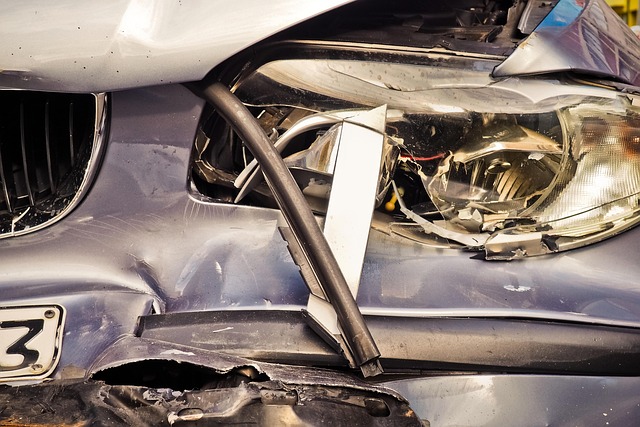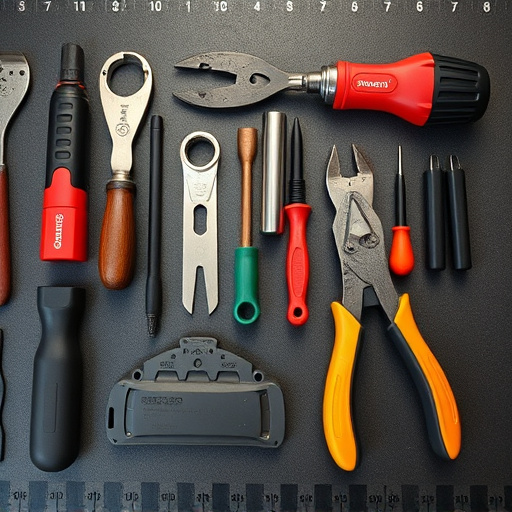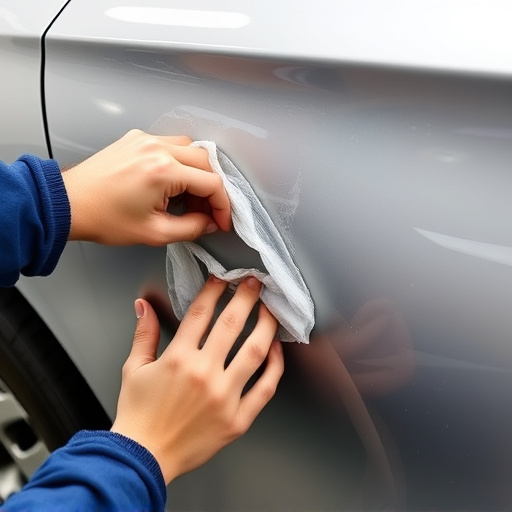Before restoring car paint, conduct a thorough inspection, document existing damage, remove rust, and address structural issues. Light imperfections can be polished and sealed, while significant damage requires patching, filling, and repainting. Prioritize safety by wearing protective gear, ensuring proper ventilation, and creating an organized workspace for efficient, accident-free car paint restoration.
Car paint restoration is an art that can transform your vehicle’s exterior, giving it a fresh and vibrant look. This comprehensive guide offers expert tips for achieving exceptional results. From assessing damage and preparing the surface to selecting the right tools and techniques for application, we break down each step essential for successful car paint restoration. Discover how to handle various types of paint damage and choose the perfect materials to ensure a professional finish that lasts.
- Assessing Damage and Preparing the Surface
- – Understanding different types of car paint damage
- – Safety precautions before starting restoration
Assessing Damage and Preparing the Surface
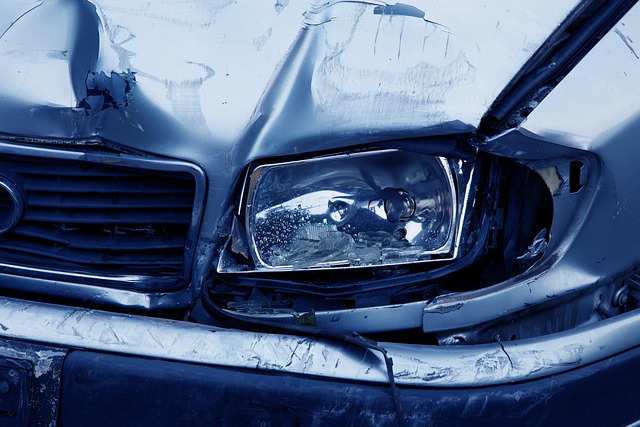
Before diving into any car paint restoration project, it’s crucial to meticulously assess the damage and prepare the surface properly. Start by thoroughly inspecting the car’s exterior for dents, scratches, and any signs of previous repairs. Even minor imperfections can impact the final result, so take your time to document and understand the extent of the damage. This initial step is fundamental in achieving a seamless finish during restoration.
Preparation involves more than just washing the car. It includes removing rust, if present, especially around dented areas or where metal has been previously repaired, like in an automotive body shop. Frame straightening might be necessary to address major structural issues that can affect the car’s overall alignment and paint integrity. Once the frame is corrected and any loose parts are secured, a careful surface treatment with appropriate compounds and polishes will ensure a smooth base for the new paint job, guaranteeing superior car paint restoration results.
– Understanding different types of car paint damage
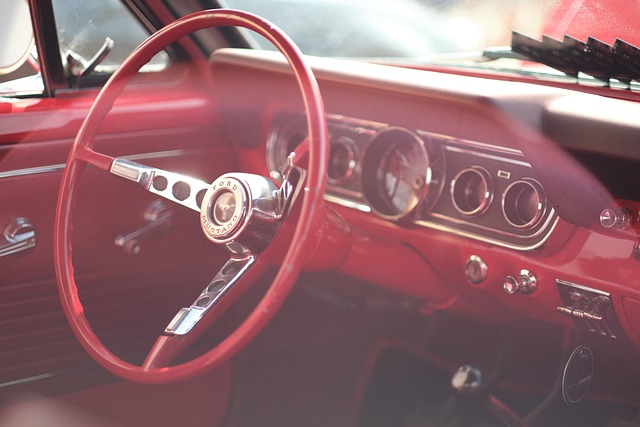
Car paint damage can manifest in various forms, each requiring a tailored approach for effective restoration. From minor scratches and swirls to more severe chips and cracks, understanding these different types of damage is the first step towards achieving optimal car paint restoration results.
Minor imperfections like scratch marks and swirls are common and often caused by bird droppings, tree sap, or everyday contact with rough surfaces. These can be addressed through polishing and sealing treatments, enhancing the paint’s gloss and protection. More significant damage, such as tire scuffs, dents, or cracks, demands a more intensive process involving patching, filling, and repainting. For instance, a Mercedes-Benz repair might involve intricate car paint restoration techniques to restore its original finish, showcasing the level of expertise required for diverse paint issues, extending beyond basic tire services towards comprehensive car repair services.
– Safety precautions before starting restoration
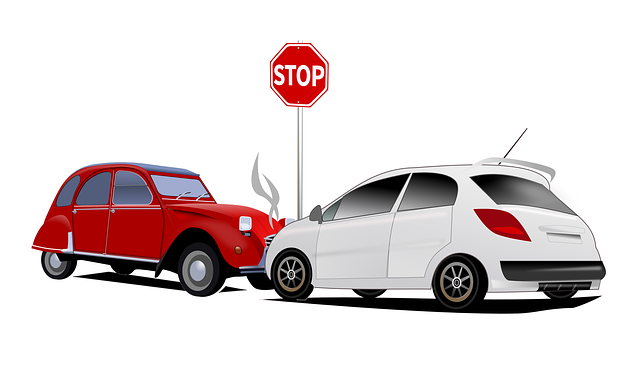
Before tackling any car paint restoration project, ensuring your safety should be the top priority. Protective gear, including gloves, goggles, and a respirator mask, is essential to prevent direct contact with harmful chemicals and dust particles. These substances can cause skin irritation, respiratory issues, or even more severe health problems when inhaled. Proper ventilation in the work area is also crucial; open windows and doors, or use an exhaust fan, to remove any toxic fumes and ensure a safe environment for both you and those around you.
Additionally, create a clean and organized workspace to minimize accidents. Remove all loose items from the restoration zone and lay out your tools and materials neatly. This practice not only enhances efficiency but also reduces the risk of tripping or cutting yourself on sharp edges during the intricate car paint restoration process, focusing on meticulous auto body work to achieve flawless results.
Car paint restoration is an art that requires careful assessment, meticulous preparation, and expert techniques. By understanding the various types of paint damage and taking necessary safety precautions, you can achieve remarkable results. Remember, a well-restored car not only enhances its aesthetic appeal but also adds value to your vehicle. Embrace these expert tips for the best car paint restoration outcomes.

